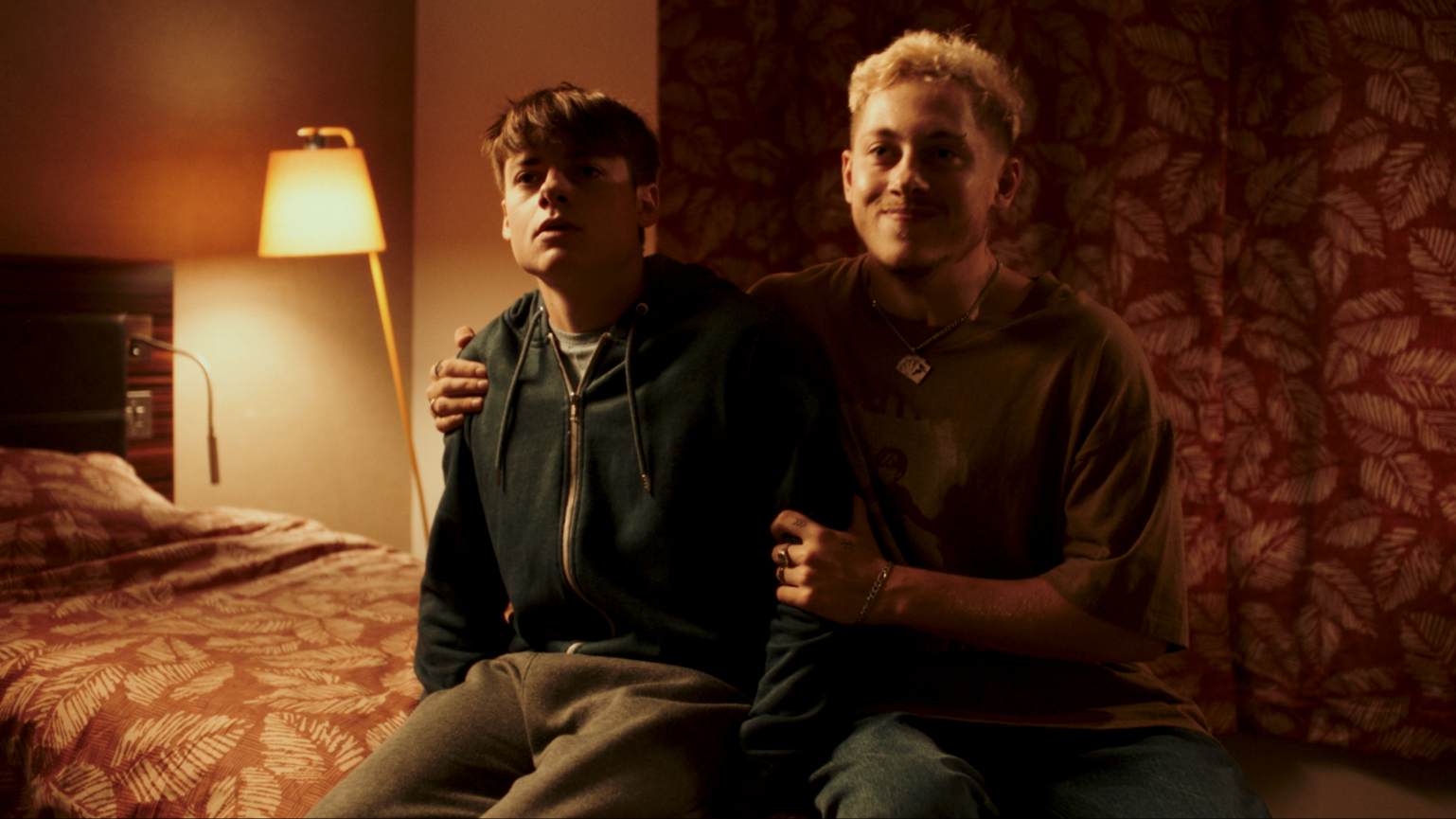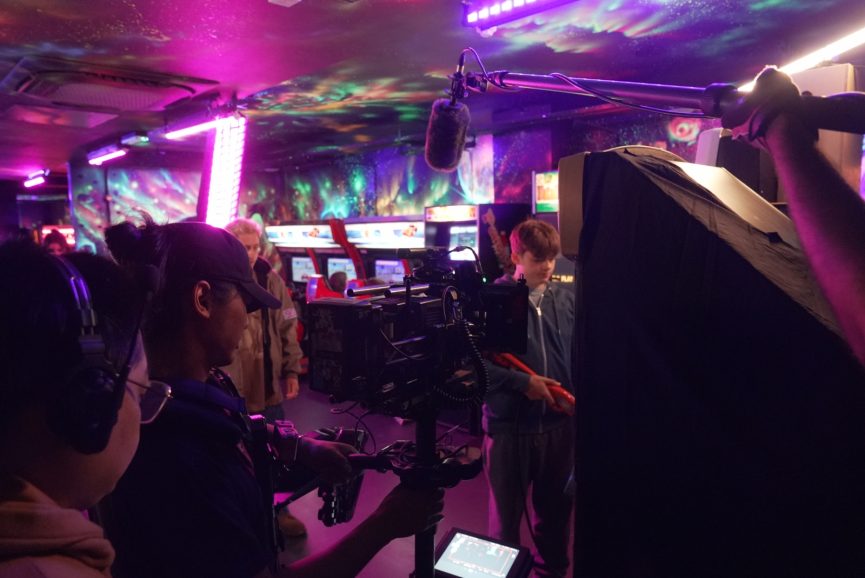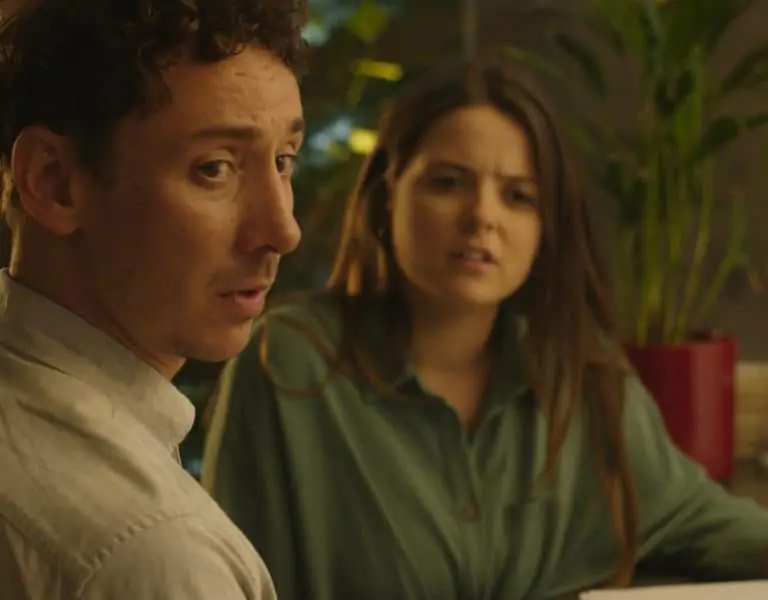Home » Features » Masterclass »
During pre-production, Ruari and I extensively discussed our approach to crafting a visual aesthetic that would complement our narrative, drawing from arcade theme.
Our aim was to evoke the vibrant, colourful ambiance of arcades, infusing our film with a rich, underworld vibe. Projects like Good Time and Euphoria Season 2 served as close reference points, inspiring us with their bold and emotive use of colour.
We began by selecting locations that inherently matched our aesthetic vision, such as the arcade itself, with its naturally rich colour palette, and the abandoned warehouse, which provided an ideal setting for the alternate underworld reality. However, for other locations, we collaborated closely with the production designer to transform them to fit our desired aesthetic. For instance, through strategic lighting and set dressing, we transformed a mundane student accommodation into a bedroom that perfectly reflected Billy’s character. Similarly, we imbued the hotel room with our own colour palette by swapping out the bed sheets and curtains for vibrant tropical red, which enhanced the intense nature of the hotel room scene, which sees Billy brought to the height of his discomfort.

In terms of lighting, Astera tubes emerged as our primary choice due to their versatility and ability to achieve our desired colour palette. Throughout the film, we utilised them as our main practical lighting source, adapting them to various locations. Whether zip-tied to a fence to simulate fluorescent streetlights or rigged in the arcade to create dynamic colour contrast, the Astera tubes became integral to our visual identity. The Astera tubes were especially useful when we shot in the Arcade. There was a long Steadicam shot which follows Shaun all the way through the arcade as he looks for Billy. We were on a 27mm lens, which made it challenging to hide our film lights, so the natural solution was so use all of our Astera tubes to light the scene and hide small LED lights behind arcade machines or blind spots where we could. The arcade was quite dark and we didn’t have enough lights to light the entire route the character took, so we blocked the camera path and then agreed on which places we would like to have the light hitting Shaun’s face so we can read the emotion clearly.
One of the most visually striking scenes in “Arcade” takes place within the abandoned warehouse, where we aimed to blur the lines between reality and the virtual world of the arcade game. Employing wide-angle lenses and fast shutter speeds, we crafted a hyperrealistic aesthetic that heightened the surreal nature of the protagonist’s experience.

To maintain visual consistency, we created a custom LUT during pre-production, providing a foundational tone that guided our decisions throughout filming. During postproduction grading, we amplified the elements present in the image to achieve our desired end result. We decided to shoot the warehouse section mostly on a 16mm lens which helped us achieve a heightened quality. We also used plenty of haze and played around with the shutter angle of the camera at certain moments to change the way the movement of the characters felt. For the fight scenes in the warehouse, we switched to a 45 degree shutter to create a more chaotic and choppy feel to the action.
Ultimately, the accomplishment of our visual aesthetic was a collaborative effort involving the entire art department. From set dressing to costumes and makeup, every aspect contributed to the immersive world we sought to create, resulting in a visual tapestry that resonated with our thematic core and captivated audiences.

















